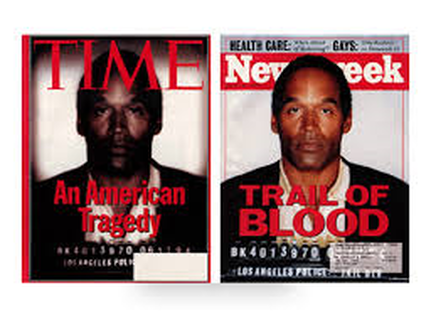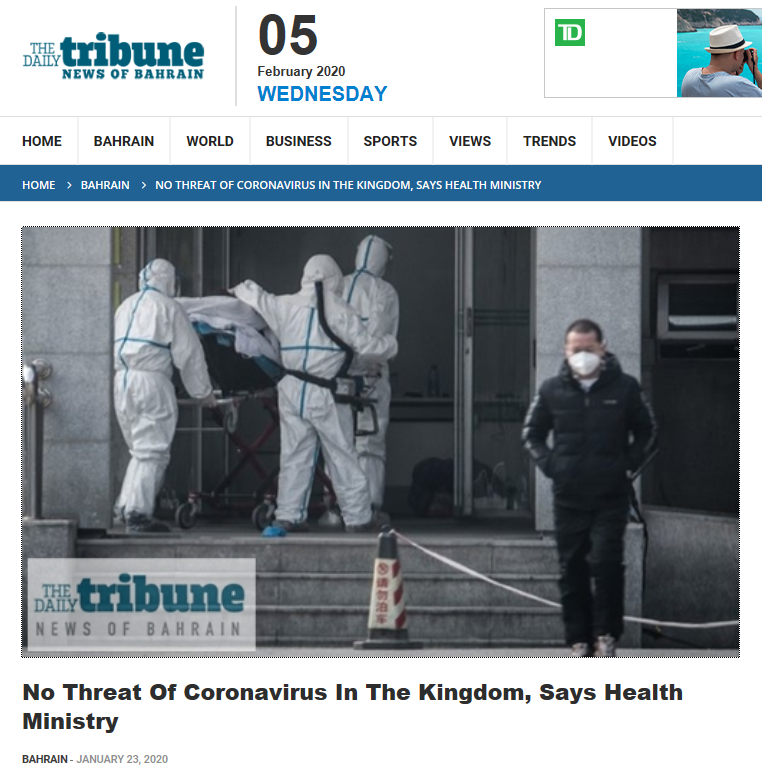Detecting Bias in the News (Mrs. Cormack, Mme. Peleman, Mme. St-Pierre)
What does bias mean?
What is the relationship between bias and prejudice?
Examples:
How to Detect Bias in the News
At one time or other we all complain about "bias in the news." The fact is, despite the journalistic ideal of "objectivity," every news story is influenced by the attitudes and background of the people involved in its creation. You can become more aware of bias by watching for the following journalistic techniques that allow it to "creep in" to the news:
At one time or other we all complain about "bias in the news." The fact is, despite the journalistic ideal of "objectivity," every news story is influenced by the attitudes and background of the people involved in its creation. You can become more aware of bias by watching for the following journalistic techniques that allow it to "creep in" to the news:
- Bias through selection and omission
A journalist can express a bias by choosing to use or not to use a specific news item. Within a given story, some details can be ignored, and others included, to give readers or viewers a different opinion about the events reported. For example, if, during a speech, a few people boo, the reaction can be described as "remarks greeted by jeers" or they can be ignored as "a handful of dissidents." Bias through omission is difficult to detect. Only by comparing news reports from a wide variety of outlets can this form of bias be observed
- Bias through placement
- Bias by headline
- Bias by word choice and tone
- Bias by photos, captions and camera angles
- Bias through use of names and titles
- Bias through statistics and crowd counts
- Bias by source control
(This site has some great questions you can ask yourself as you're evaluating news sources and specific articles)















